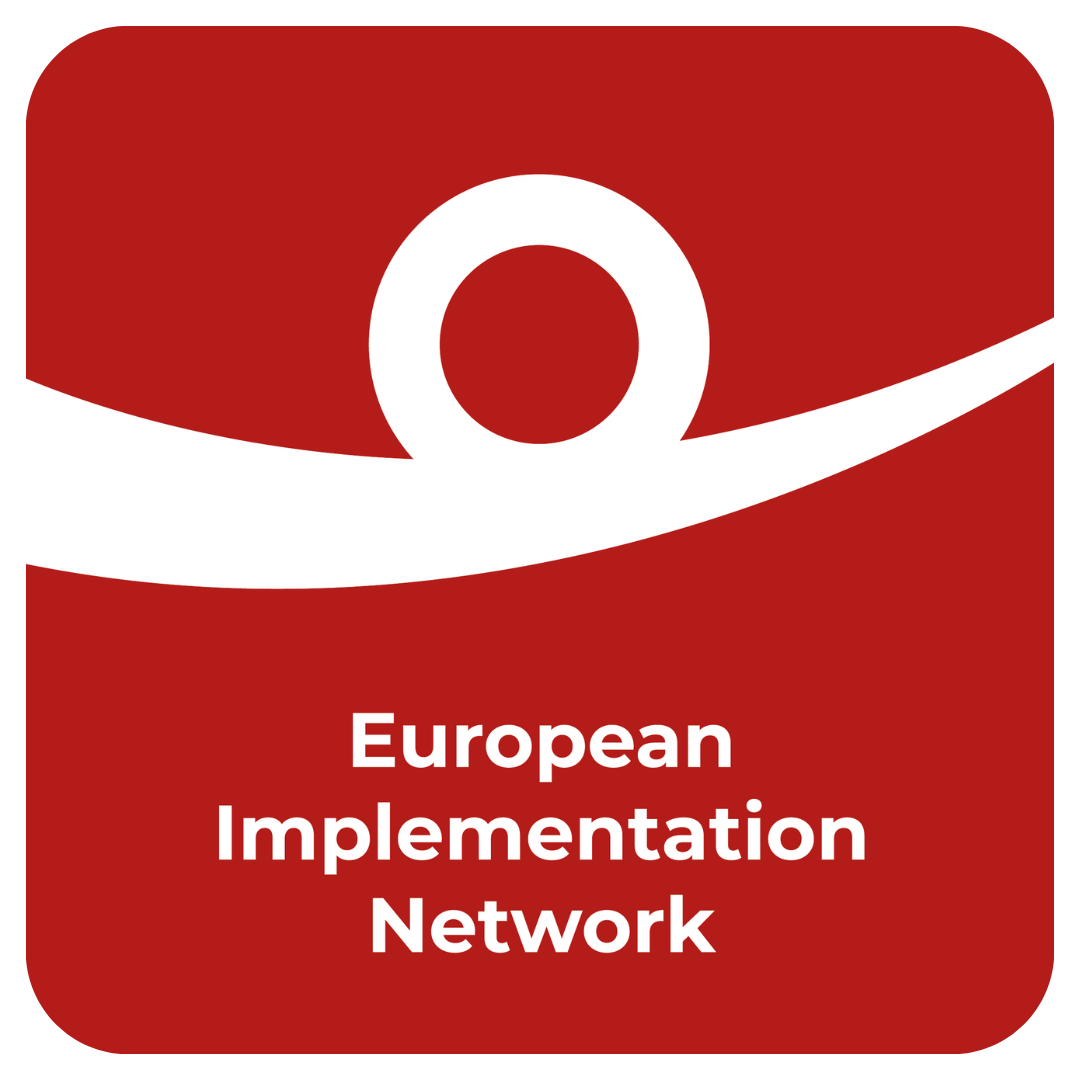Feminist March 2020
Image Credit: Anastasiia Danilova
Introduction
My current position within GENDERDOC-M Information Centre is Executive Director, but I first started as a volunteer many years ago and worked my way through the organisation to my current title. My role in the implementation of the case focused on informing international structures, GENDERDOC-M’s partners, and the Committee of Ministers’ about the status of implementation of the ECtHR’s judgment. Having been with Genderdoc for many years, I have experienced how the implementation of the GENDERDOC-M judgment impacted freedom of assembly in Moldova, and how it evolved, since before the ECtHR judgment until today.
Background
The GENDERDOC-M case took place throughout the mid-2000s. Two events stand out to me. First, in 2005, we tried to organize a public pride march in Moldova, but we couldn’t do so because it was banned.
The other event took place in 2008, when 45 of us boarded a bus, and immediately we were blocked by a very aggressive crowd of people. We weren’t even able to leave the bus. The counter-protestors beat the windows and attempted to shoot the bus. We called the police, who were aware of the situation, but offered no protection. We later found out that police officers in civilian clothes were in the crowd. It was very scary for us, traumatic even. We didn’t even try to organize any other pride marches after, we held other events in public spaces, but it was clear that Moldovan people were against pride marches.
In 2005 and 2006, the Supreme Court agreed with the Court of Appeal’s decision and considered that there was a risk that the demonstration would cause a breach of public order. We then applied to the European Court of Human Rights, and in 2012, the Court rendered a final judgment. It was a relief to finally see the decision and to be certain that Moldovan authorities must respect our rights and protect us, to help us organise events.
May 2016 LGBT March
Banner Translation: Fara Frica (No Fear)
Positive Developments
Two positive developments were made possible because of implementation: first, that we were able to have our marches, and second, that we had the protection of the police.
After the ECtHR judgment became final, we held our first protected pride march in 2013. The march itself was very short and involved huge discussions with the police. We started the pride march from the US embassy and marched for maybe two blocks. For the LGBTi community, it was an important moment: to feel seen in the streets and protected by police. When you go through all of this, it gets easier. After each successful march, we felt stronger. We did it once, and we can do it again.
In 2014, our pride march was held on one of the main streets, it was longer than the first one, and police protected us. It was a new beginning of history. We had issues holding pride marches after that, but, in 2018 and 2019, we walked the full march route, and that’s when the Committee of Minister's closed our case.
Amendments to domestic legislation on planning and organising public assemblies made it possible for those concerned to have an effective appeal mechanism at their disposal to get a final judicial ruling on a public assembly before it is supposed to take place. Anti-discrimination and equality training and awareness-raising events, with a view to ensuring the exercise of the right to peaceful assembly of LGBTI persons, were organised for judges, prosecutors, clerks, and judicial assistants, as well as for the representative of the Ministry of Education Culture an Research, the Ministry of Health Labor and Social Protection, the Ministry of Internal Affairs and other authorities.
Since the pandemic, we haven't organised pride events. We hope to do so soon, so we can see how Moldovan authorities act without European pressure.
May 2019 LGBT March
Banner Translation: Sunt Ok (I am Ok)
Challenges
After the bus situation in 2008, it was very hard. We did not organize any marches for two years. Some of us had to go to therapy because of that traumatic situation. You feel very vulnerable, especially when you are enclosed on a bus, and the police don't protect you.
As previously mentioned, we had a difficult relationship with the police, which was a big challenge for us. To have these successful marches, we had to negotiate with the police. Today, we have a real dialogue and mutual respect. But previously, it was a fight. The atmosphere and the energy were aggressive from both sides. Usually, negotiations involved six older and high-level police officers from their side, constantly trying to exert psychological pressure over us, and two young women from our side. We often had a conversation with police officers the night before our events, and they would tell us that they wouldn’t be able to protect us from the counter-demonstrators.
In 2016 and 2017, we couldn’t complete our marches. The police evacuated us from the middle of the march route. We often asked the police why they were stopping our demonstration since we were not aggressive, but the counter-demonstrators were. For the police, we were the problem. They never said it openly, but you could read it between the lines.
December 2019 protest to support the ratification of the Istanbul Convention
Closed Case
The Equality March 2014
Image Credit: GENDERDOC-M
As mentioned above, in September 2019, following the pride marches held in 2018 and 2019, the Committee of Ministers closed its’ supervision of the GENDERDOC-M case.
Everyone at GENDERDOC-M, including the Moldovan LGBT Community, can have pride marches. The first march had around 50 people. Now we have 450 people who feel safe and want to be part of the march. There is no danger for their lives. This case also displays allyship within Moldovan society, which promotes openness, equality, and freedom for everyone. People come to express solidarity with us and to support equality. It’s a very positive change.
While I’m happy that we have all these positive developments because of the case, there are still remaining issues of concern, despite the case being closed. For instance, the lack of social change regarding the perception of the LGBTi community is still an issue. It’s about visibility, inclusion, and social dialogue. I want the police to protect us, not because they are obligated to, but because they care about human rights.
GENDERDOC-M’s Advice to CSOs
It’s very important to bring cases before the ECtHR. If you fail at the national level, it doesn’t mean it’s finished. It might just be the beginning. I must admit the process does take a long time; it took us seven years to get a final judgment - but then changes can come very fast. The year after the judgment, we were able to organize.
It’s not just about litigating the case, but it is also about awareness-raising work. Informing the Committee of Ministers all the time about relevant developments is essential. You must provide detailed reports to explain how the implementation of the case is developing on the ground. The implementation process is crucial. You must always send communications when you are not satisfied with the authorities’ efforts. Those communications must be very concrete and must provide recommendations on how the measures taken can be better. Otherwise, nothing will change.







